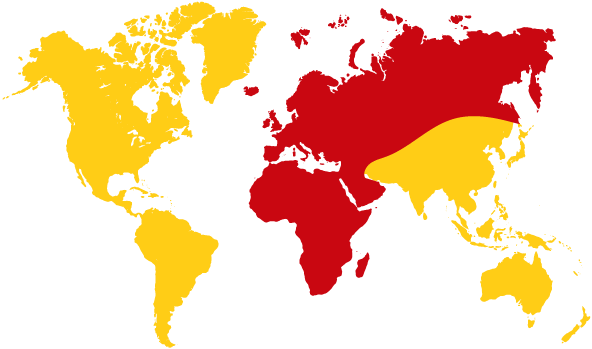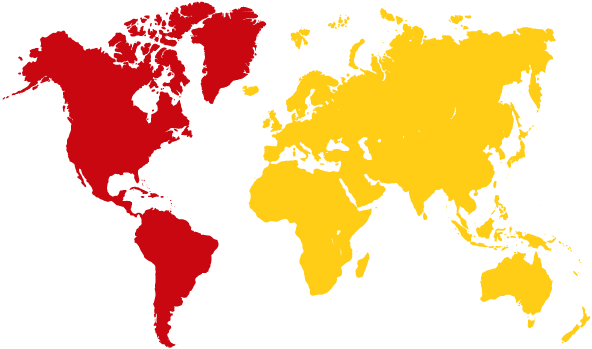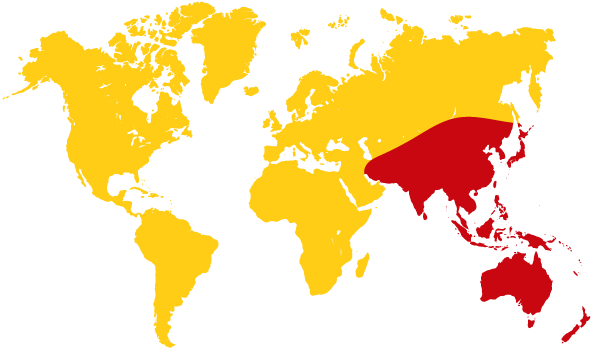In the morning of April 25 an earthquake measuring 7.8 hit Nepal and triggered an avalanche on Mount Everest. There were frequent after-shocks including a magnitude of 6.7 on April 26, and on May 12 another earthquake measured 7.3 magnitude.
The loss of life is variously put at 8,000 people and more than 19,000 were injured.
An almost immediate response to support the disaster relief efforts were made by Nepalese radio amateurs involved with local police and military, for internal communications along with two international link stations 9N1AA and 9N1SP.
The first international contact was on the 20m band between Satish 9N1AA and Jayu VU2JAU (National Coordinator for Disaster Communication in India). Satish, aware of a regular net in India on 14.210MHz, made initial contact, to provide information to the wider world and seek help. He was operating with low power from solar panels.
The net grew substantially involving others, and a Facebook page was set up to monitor the 20m frequencies in use. Although Nepal may appear unprepared, geophysicists and other experts had warned that Nepal was vulnerable to a deadly earthquake.
This was well known to emergency communicators and previously tested links and relationships were brought into play. The US-based Military Auxiliary Radio Service (MARS) has done a little pre-work testing links with Nepal in anticipation of an earthquake. MARS reported on its role at the GAREC 2014 http://www.iaru.org/uploads/1/3/0/7/13073366/mars_garec_14_aug_2014.pptx
There was a MARS link between Sanjeeb 9N1SP and Tim T6TM based in Afghanistan. This had been developed and exercised since 2012 through the Pacific Endeavour exercises that in 2014, simulated an earthquake in Nepal.
The MARS response concept is to get their stations around the world to listen for any emergency activity on or around the IARU Emergency Centre of Activity frequencies to gather information to support the international disaster response.
Frequent disaster reports were issued by Satish 9N1AA at Katmandu. There is no IARU Member Society there but he and others from the Nepal Amateur Radio Operators’ Society (NAROS) were very active.
The international disaster response with research and rescue teams, and humanitarian aid, had established communications links of their own. The Amateur Radio nets became less useful as time progressed, and eventually closed on May 17. In closing everyone who supported the Nepal disaster through this difficult time was thanked.
It raised significant newspaper, radio and television coverage overseas on the role Amateur Radio can play in emergencies.
Through the IARU, engagement of Satish 9N1AA has been possible, with the view of a closer working relationship with authorities and recognition of the role Amateur Radio can play.
Later, Satish 9N1AA chaired a meeting of the National Disaster Management Monitoring and Directive Special Committee. It looked at making recommendations to the government after a thorough assessment of the loss of life and property, rescue and relief operation and re-settlement following the disaster.
— Jim Linton VK3PC, Chairman IARU Region 3 Disaster Communications Committee.



